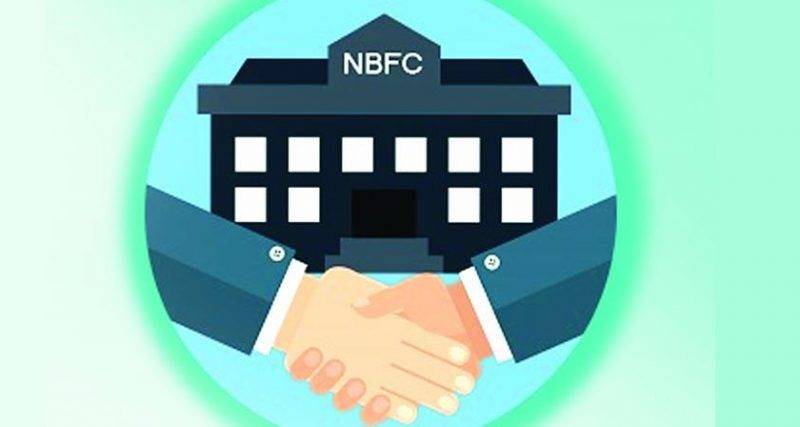
Special Purpose Vehicles for NBFC Funding
Special purpose vehicles (SPVs), a catchphrase during the 2008 financial crisis, have again taken center stage as companies and financial institutions scramble for monies in a contracted economy in the wake of the pandemic.
The key elements that led to the popularity of SPVs are bankruptcy-proof, absorptive capacity, flexibility, easy multiparty funding, longevity, and legitimacy. Empirical evidence suggests SPVs have served the development community and beneficiaries well, but it remains to be seen if these will stand the test of subsisting unprecedented times.
The shadow financing sector was struggling with funds in light of the IL&FS crisis when Covid-19 hit. Pursuant to RBI notification, SBICAP, a subsidiary of SBI, set up an SPV and operationalized Rs 30,000 crore. It shall serve the purpose of purchasing investment-grade commercial papers and non-convertible debentures of NBFCs and HFCs until September 30, 2020, and is expected to recover all dues by December 31, 2020.
At the outset, this scheme acts as an enabler for NBFCs/HFCs to get investment grades or better ratings for the bonds issued, thereby augmenting the flow of funds from the shadow financing sector. These measures, however, lack concrete action.
First, SPVs entail high costs, such as the cost of incorporation, registration, stamp duty at the time of transfer of the company, and compliance with FASB Rules. The efficacy of the SPV until September 30 as opposed to the industry requirement of over two years is being criticized.
The sector is in dire straits for long-term funds so they don’t run into an asset-liability mismatch, but this move may lead to a vicious cycle of extending loans. Second, high thresholds and requirements set by RBI for NBFCs and HFCs in terms of registration, profitability, and other financial considerations are likely to face criticism for the reason that many entities are in dire need of financial support and liquidity will be left out of this scheme.
Third, the number of NBFCs and HFCs availing of this scheme shall be contingent on the rate and amount they receive as part of this scheme, which will be a determining factor of whether the scheme is a true liquidity potion or just another half-baked solution. Fourth, the complexity of SPVs—often in the form of layers upon layers of securitized assets—can make it near-impossible to monitor the level of risk involved and whom it lies with.
In theory, SPVs are bankruptcy-proof. But there exists a moral hazard, not for banks but for end-investors who know they have no financial obligation and thus little incentive to monitor the credit quality of underlying assets. This means SPVs could be inefficient, both from a risk and regulatory perspective.
If the SPV is separated from sponsor SBI, albeit with regulation, the moral hazard from the point of view of SPV investors would be removed. In practice, it is not a credible threat that the sponsor will leave an SPV to collapse during difficult times.
Despite inherent risks, SPVs are a step in the right direction enabling large NBFCs/HFCs to obtain finances, transfer risks, and perform other investment activities to maintain adequate liquidity levels, eliminate or mitigate systemic risks, augment lending resources of NBFCs/HFCs, although for a short duration of three months.
To mitigate the gargantuan effects of pandemic-induced depressionary forces on the shadow financing sector, the government must introduce a dark horse to soothe its long-term woes and not a mere quick-fix.
Tags: spv in banking, spvs, spv finance, special purpose vehicles, spv investment, spv limited company, spv special purpose vehicle, spv vehicle, special purpose acquisition vehicle
